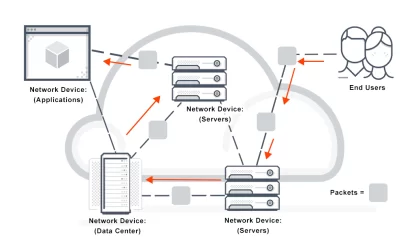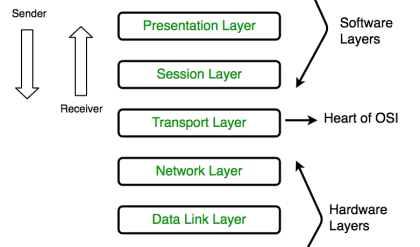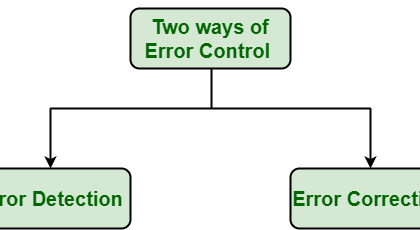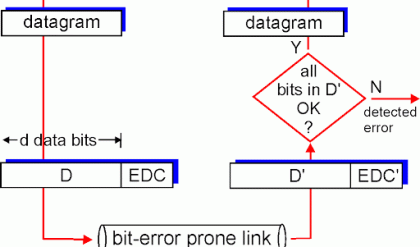Up to this point we have been discussing two parallel conductors, namely, wire pair. An entirely different configuration of two conductors may be used to advantage where high and very high radio frequencies are involved. This is a coaxial configuration. Here the conducting pair consists of a cylindrical tube with a single wire conductor going down its center as shown in Figure 2.12. In practice the center conductor is held in place accurately by a surrounding insulating material that may take the form of a solid core, discs, or beads strung along the axis of the wire or a spirally wrapped string. The nominal impedance is 75 ohms, and special cable is available with a 50-ohm impedance.

Impedance can be defined as the combined effect of a circuit’s resistance, inductance, and capacitance taken as a single property and is expressed in ohms for any given sine wave frequency. Further explanation of impedance will be found in Appendix A.
From about 1953 to 1986, coaxial cable was widely deployed for long-distance, multichannel transmission. Its frequency response was exponential. In other words, its loss increased drastically as frequency was increased. For example, for 0.375-inch coaxial cable, the loss at 100 kHz was about 1 dB and the loss at 10 MHz was about 12 dB. Thus, equalization was required. Equalization tends to level out the frequency response. With the advent of fiber-optic cable with its much greater bandwidth and comparatively flat frequency response, the use of coaxial cable on long-distance circuits fell out of favor. It is still widely used as a (radio-frequency) (RF) transmission line connecting a radio to its antenna. It is also extensively employed in cable television plant, especially in the “last mile” or “last 100 ft” of connectivity to a subscriber’s television set.
Fiber-Optic Cable
Fiber-optic cable is the favored transmission medium for very wideband terrestrial links, including undersea applications. It is also used for cable television “super trunks.” The bandwidth of fiber-optic strand can be measured in terahertz (THz). In fact, the whole usable RF spectrum can be accommodated on just one such strand. Such a strand is about the diameter of a human hair. It can carry one serial bit stream at 10 Gbps (gigabits per second) transmission rate, or by wave division multiplexing methods (WDM), an aggregate of 100 Gbps or more. Fiber-optic transmission will be discussed further in Chapter 9.
Fiber-optic systems can be loss-limited or dispersion-limited. If a fiber-optic link is limited by loss, it means that as the link is extended in distance, the signal has dissipated so much that it becomes unusable. The maximum loss that a link can withstand and still operate satisfactorily is a function of the type of fiber, wavelength5 of the light signal, the bit rate and error rate, signal type (e.g., TV video), power output of the light source (transmitter), and the sensitivity of the light detector (receiver).
Dispersion-limited means that a link’s length is limited by signal corruption. As a link is lengthened, there may be some point where the bit error rate (BER) becomes unacceptable. This is caused by signal energy of a particular pulse that arrives later than other signal energy of the same pulse. There are several reasons why energy elements of a single light pulse may become delayed compared to other elements. One may be that certain launched modes arrive at the distant end before other modes. Another may be that certain frequencies contained in a light pulse arrive before other frequencies. In either case, delayed power spills into the subsequent bit position, which can confuse the decision circuit. The decision circuit determines whether the pulse represented a 1 or a 0. The higher the bit rate, the worse the situation becomes. Also, the delay increases as a link is extended.
The maximum length of fiber-optic links range from 20 miles (32 km) to several hundred miles (km) before requiring a repeater. This length can be extended by the use of amplifiers and/or repeaters, where each amplifier can impart a 20- to 40-dB gain. A fiber-optic repeater detects, demodulates, and then remodulates a light transmitter. In the process of doing this, the digital signal is regenerated. A regenerator takes a corrupted and distorted digital signal and forms a brand new, nearly perfect digital signal.

A simplified model of a fiber-optic link is illustrated in Figure 2.13. In this figure, the driver conditions the electrical baseband signal prior to modulation of the light signal; the optical source is the transmitter where the light signal is generated and modulated; the fiber-optic transmission medium consists of a fiber strand, connectors, and splices; the optical detector is the receiver where the light signal is detected and demodulated; and the output circuit conditions the resulting electrical baseband signal for transmission to the electrical line (Ref. 3).





